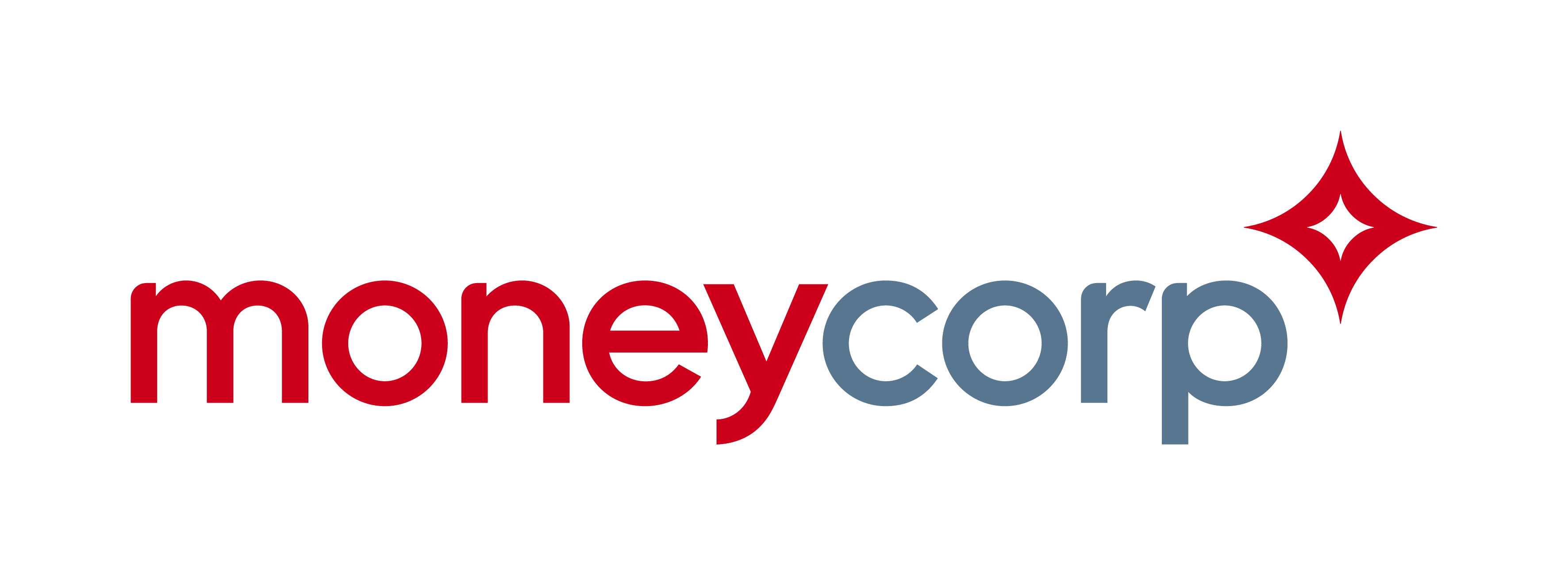General & Administrative Expenses for UK Business
Sign up for a business account with Moneycorp.

Expenses for UK businesses
4 minute readKeeping track of expenses is part and parcel of running a business. However, some entrepreneurs in the UK focus only on the more obvious expenses such as payroll and the cost of goods sold. They tend to forget about general and administrative expenses, which, while subtle, will still affect their bottom line.
Administrative expenses explained
Administrative expenses are any costs that are not related to your business’ core function, whether it be sales, production, or manufacturing. Instead, these indirect expenses are related to the overall maintenance and operation of your business, such as wages for administrative roles.
In accounting, administrative are sometimes referred to as general expenses. The expenses that are associated with your business’ core function are known as direct expenses. For example, if your business produces mobile phone cases, the cost of the materials required to manufacture the cases are a direct expense.
Administrative and non-administrative expenses
It’s helpful to compare administrative with non-administrative expenses to gain a clearer idea of what general and administrative expenses are. A few common administrative expense examples include rent, utilities, insurance, office supplies, office equipment and furnishing depreciation, wages and executive team benefits, and equipment rental.
Examples of non-administrative expenses include developer salaries, engineering salaries, fixed and semi-variable administrative expenses, manufacturing expenses, and sales-related costs.
Most administrative costs are fixed, although they sometimes can be semi-variable. They seldom are completely variable. Fixed costs remain the same for a period of time and are unaffected by sales figures or production output. These costs do not change, regardless of how many products you produce or sell. Rent for your business premises is an example of a fixed cost.
Semi-variable general business expenses have fixed portions that are independent of your business’ activity, as well as variable portions that can change with different activity levels. Many businesses manipulate activity levels to try influence the variable portion of these costs. The lower the fixed portion, the lower the break-even point. An example of semi-variable expenses is paying for electricity as a basic cost. However, the actual amount you pay might vary according to your business’ production levels.
Variable general business expenses increase or decrease depending on your business’ activity. These expenses increase with increased production levels and decrease with decreased production levels. A few examples of these expenses include commission and transaction fees as well as the cost of materials used in your business’ production processes.
As they’re linked to production, manufacturing, and sales, none of these fixed, semi-variable, or variable costs are administrative expenses. Administrative costs aren’t usually variable, as they’re not linked to your business’ core function, which is usually where variable costs come in.
Administrative expenses and your income statement
To calculate general and administrative costs, you should add them up regularly. If your business incurs many costs, you should tally them every day, which will help you track those expenses efficiently.
When it comes to your business’ income statement (also known as a profit and loss statement), you can group the administrative expenses as selling general and administrative expenses with sales-related expenses, or you can list them separately. List the total figure directly below the Cost of Goods Sold (COGS). This statement is one of three important financial statements, the other two being the cash flow statement and the balance sheet.
By relating to your business’ expenses, revenue, losses, and gains, the income statement sheds light on how your business operates and whether it is not performing as well as it could in any areas. This statement also indicates your net income, which is essential for gauging your business’ performance.
Manage general and administrative expenses with Moneycorp
Managing your business’ general and administrative expenses is easier with Moneycorp, especially when it comes to paying for those expenses. With a Moneycorp business account, which is fast and easy to open, you can hold and convert money in more than 120 currencies, send money to 190 countries, and receive international payments securely and conveniently. You can also use our Business products to help you grow your business locally and internationally. Sign up for a business account with Moneycorp.
Discover our business solutions
Tips on making the most for your money when you emigrate
Our News Hub offers plenty of easy-to-read guidance on how to emigrate abroad.



